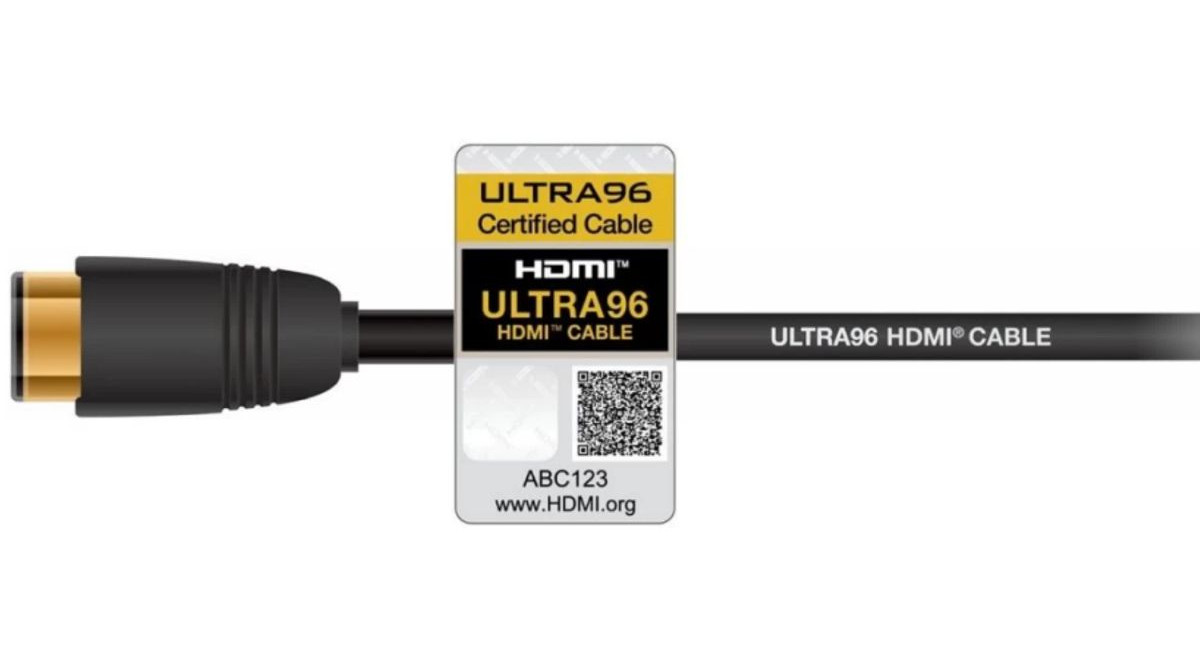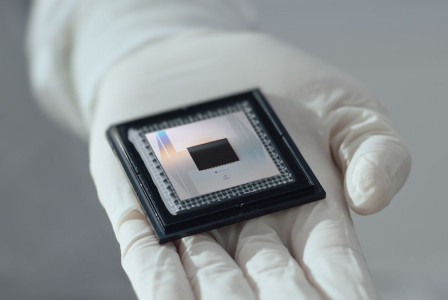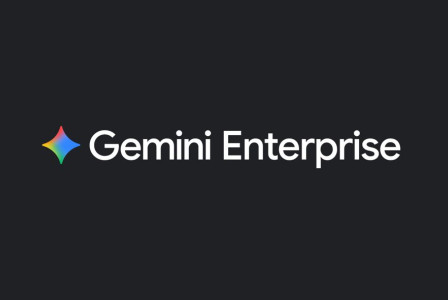SEARCH
HDMI 2.2 is now official offering double bandwidth

SHARE IT
The HDMI Forum has officially released the HDMI 2.2 specification, a major leap forward in audiovisual connectivity that doubles the data bandwidth of its predecessor and opens the door to ultra-high-resolution experiences, including support for 16K video at 60 frames per second. After its first reveal during CES 2025 in January, the finalized specification is now being made available to manufacturers, setting the stage for a new generation of display technologies and content.
With a top bandwidth capacity of 96Gbps, HDMI 2.2 represents a significant advancement over HDMI 2.1, which maxed out at 48Gbps. This expanded capacity allows for the transmission of larger, uncompressed video formats and faster refresh rates, accommodating resolutions such as 12K at 120fps and 16K at 60fps. For professionals and enthusiasts seeking the highest visual fidelity, HDMI 2.2 also supports formats like 8K at 60fps with full 4:4:4 chroma sampling, as well as 4K at 240fps — both in 10- and 12-bit color depth. These features are poised to transform not just consumer entertainment, but also fields like medical imaging, simulation, gaming, and virtual production.
Among the standout additions in this new specification is the Latency Indication Protocol (LIP). Designed to improve audio-video synchronization, LIP is particularly useful in complex setups where multiple devices handle the signal before it reaches the display. It offers real-time feedback on latency, ensuring smoother integration and more precise alignment between sound and picture — a crucial feature for gamers, streamers, and professional broadcasters.
Chandlee Harrell, president of the HDMI Forum, highlighted the organization’s vision with the release of HDMI 2.2, saying that the new specification enables “higher performance capabilities and features for exciting and immersive new solutions and products.” He also emphasized the introduction of a new branding standard — “Ultra96” — which will help consumers identify devices and cables that support the full bandwidth potential of HDMI 2.2.
The Ultra96 label will be applied to HDMI 2.2 products that support bandwidth tiers of 64Gbps, 80Gbps, or the full 96Gbps. This branding is intended to streamline the customer experience, although some concerns about potential confusion have already been raised. For example, an HDMI 2.2 cable may carry the Ultra96 branding while only supporting 64Gbps mode — a limitation that may not be immediately apparent to buyers.
Another key element of the rollout is the introduction of a new class of HDMI cables specifically designed to support the expanded bandwidth. The current “Ultra High Speed” HDMI cables, which top out at 48Gbps, will no longer suffice for HDMI 2.2's full potential. Instead, users will need to invest in Ultra96 HDMI cables. These new cables, like their predecessors, must pass through a rigorous certification process, which includes not only bandwidth testing but also model-length validation to ensure consistent performance across different cable sizes.
The HDMI Forum has encouraged manufacturers to begin integrating HDMI 2.2 into their upcoming products — including TVs, GPUs, AV receivers, and other home entertainment or professional systems. This initiative aligns with the recent reports suggesting that next-generation AMD GPUs will feature native support for HDMI 2.2 and its top-tier bandwidth.
As with any significant leap in tech standards, the question remains: how quickly will the market adopt HDMI 2.2? While high-end users and professional applications are expected to be early adopters, broader consumer uptake may depend on how rapidly content producers and device makers embrace 16K and 12K formats — technologies that are still in their infancy in terms of real-world deployment.
Nevertheless, HDMI 2.2 signals a major step toward the future of high-resolution media. Whether it’s for cinematic content, competitive gaming, or immersive simulations, the new specification sets the foundation for a dramatically richer and more responsive visual experience. For now, all eyes are on manufacturers to see how quickly they move to support this powerful new standard — and on consumers, who may soon find themselves connecting with the future through an Ultra96 cable.
MORE NEWS FOR YOU

 Help & Support
Help & Support 

